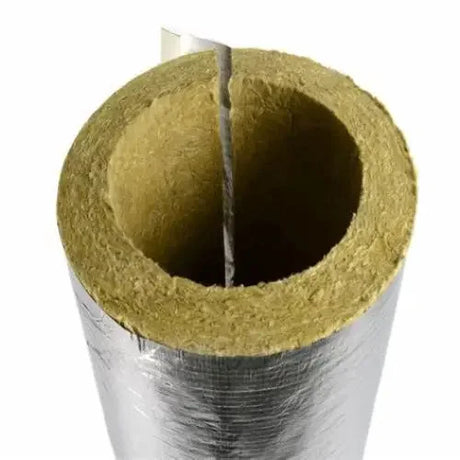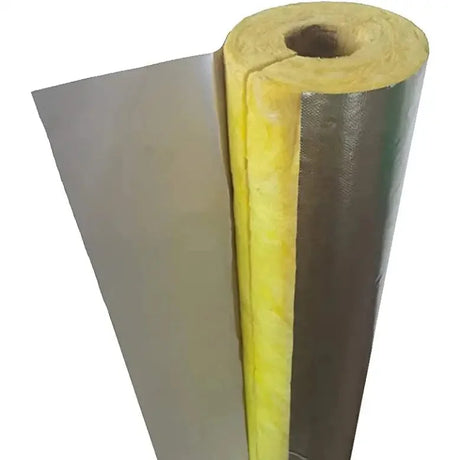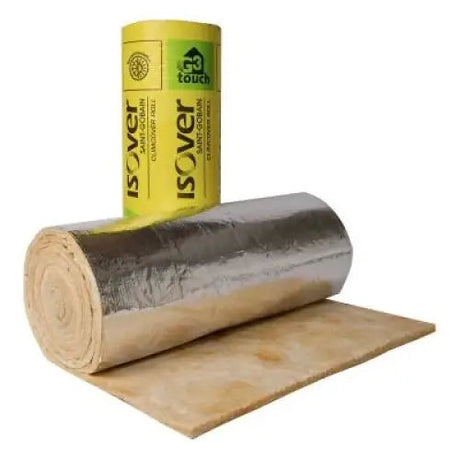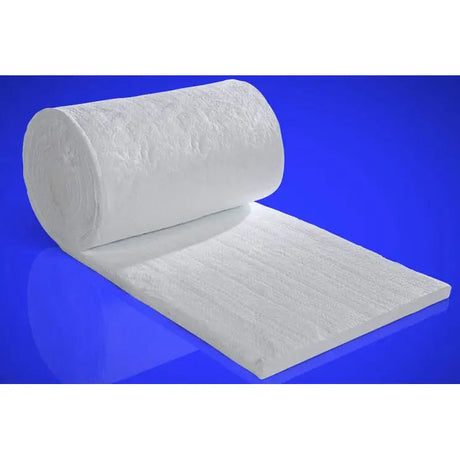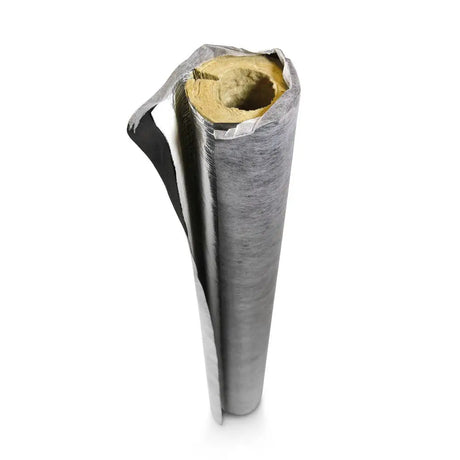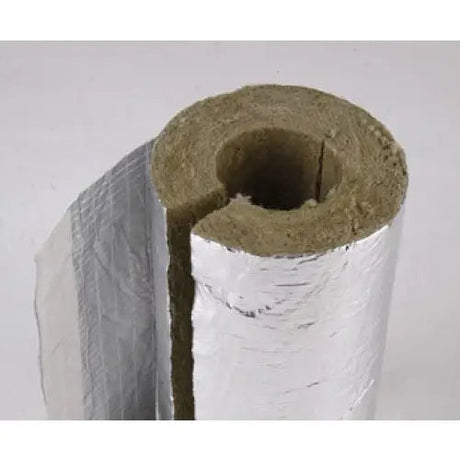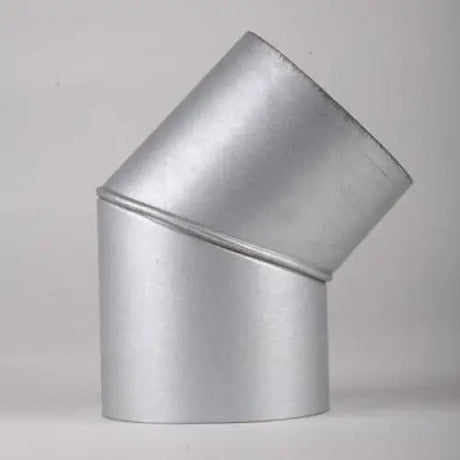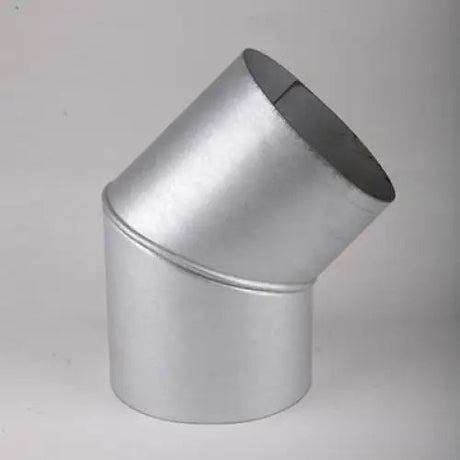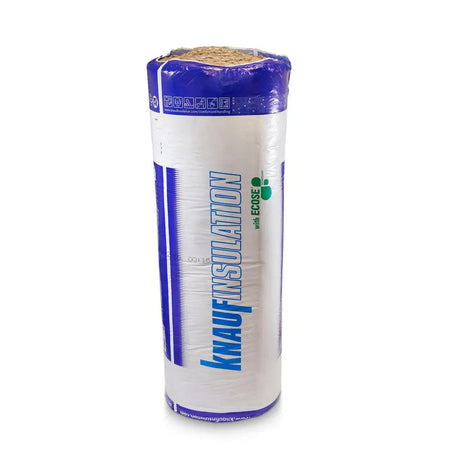Fire-Resistant Coverings and Energy Efficiency
Introduction
When we think about the safety and sustainability of our buildings, we must consider the role of fire-resistant coverings. These are not just a safety feature; they're a critical component in the overall energy efficiency of a structure. But what exactly are fire-resistant coverings? Simply put, they are materials designed to withstand extreme heat and resist the spread of flames, offering precious time to evacuate and minimize damage. Why is this significant? Well, in an age where energy efficiency is equally paramount, the right coverings can preserve the integrity of insulation and other energy-saving materials, keeping our buildings greener and safer.
Understanding Fire-Resistant Coverings
To truly grasp the concept, we must delve into the types of fire-resistant coverings and the standards that govern them.
Types of Fire-Resistant Coverings
Passive Fire Protection
This type includes materials that compartmentalize and contain a fire, such as fire doors, fire-resistant glass, and sealing products like intumescent mastics and sealants. They remain dormant until needed, springing into action during a fire.
Active Fire Protection
In contrast, active fire protection systems require some level of action or motion, such as fire extinguishers or sprinkler systems. They are designed to suppress or extinguish a fire actively.
Standards and Regulations for Fire-Resistant Coverings
Compliance is key. The UK has stringent regulations for fire safety, informed by tragic events and a commitment to protecting lives. Builders must adhere to these laws, ensuring every material used meets the necessary fire resistance rating. This could mean the difference between a minor incident and a catastrophe.
Benefits of Fire-Resistant Coverings in Energy Efficiency
Fire-resistant coverings do more than just protect against flames; they serve a dual purpose in preserving energy-efficient building materials.
Reduced Risk of Fire Damage
With robust fire-resistant coverings, the risk of extensive fire damage is significantly decreased. This means the materials that keep our buildings warm in the winter and cool in the summer remain intact and functional.
Preservation of Energy-Efficient Building Materials
Energy-efficient materials are often susceptible to high temperatures. When protected by fire-resistant coverings, these materials, like certain types of insulation, can maintain their integrity and continue to save energy—and money.
Impact on Insulation and Thermal Performance
Insulation is only as good as its condition. If compromised by fire, its thermal performance plummets. Therefore, fire-resistant coverings are essential for maintaining the intended energy-saving benefits of insulation.
Fire-Resistant Coverings in Building Design
Creating a building that's both energy-efficient and fire-resistant requires careful planning and material selection.
Considerations in Integrating Fire-Resistant Coverings
When selecting materials, one must consider the fire resistance level required and the energy performance implications. It's a delicate balance, often requiring professional expertise.
Compatibility with Energy-Efficient Construction Materials
Not all fire-resistant coverings are created equal; some may negatively affect the performance of energy-efficient materials. Therefore, compatibility is a crucial factor during the design phase.
Impact on Building Aesthetics and Functionality
The myth that safety needs to compromise beauty is just that—a myth. Modern fire-resistant materials can be seamlessly integrated without detracting from the building's aesthetics or functionality.
Environmental Impact
As we become more environmentally conscious, the sustainability of fire-resistant coverings comes under scrutiny.
Use of Sustainable and Eco-Friendly Fire-Resistant Coverings
The push for greener materials has led to innovations in fire-resistant technology. Options now include materials with lower environmental impacts, aligning fire safety with ecological responsibility.
Contribution to Sustainable Building Practices
Eco-friendly fire-resistant materials contribute to sustainable building practices by reducing the need for repairs and replacements, ultimately leading to a decrease in waste.
Impact on Energy Consumption and Carbon Emissions
Buildings with effective fire-resistant coverings are likely to maintain their energy efficiency for longer, directly impacting the building's carbon footprint. It's a win-win for safety and the planet.
Installation and Maintenance
The correct installation and ongoing maintenance of fire-resistant coverings cannot be overstated. It ensures that these materials will perform as expected when needed most.
Proper Installation Techniques for Fire-Resistant Coverings
Installation is not a one-size-fits-all process. Techniques vary based on the material and building type. For example, adhesive glue tape must be applied with precision to ensure a fireproof seal.
Maintenance Practices for Ensuring Long-Term Effectiveness
Regular checks and maintenance are vital. This might involve inspecting seals and barriers for integrity or replacing components that have reached the end of their lifespan, ensuring the coverings remain effective.
Cost Considerations for Installation and Maintenance
While there are costs associated with the installation and upkeep of fire-resistant materials, these pale in comparison to the potential costs of fire damage—not just in monetary terms, but in human lives and environmental impact.
Case Examples
Real-world examples illuminate the effectiveness of fire-resistant coverings in energy-efficient buildings.
Successful Integration of Fire-Resistant Coverings in Energy-Efficient Buildings
Consider the example of a modern office block designed with both energy efficiency and fire safety in mind. The use of advanced fire-resistant coverings ensured that when a small fire broke out in one of the technical rooms, it was contained, and the building's energy systems remained unaffected.
Impact on Building Safety and Energy Consumption
After the incident, an assessment showed that the building's energy consumption had not increased, indicating that the insulation and other energy-efficient features were intact, thanks to the fire-resistant materials.
Lessons Learned and Best Practices
Such cases teach us about the right combination of materials and the importance of proactive safety measures. They become benchmarks in best practices for the industry.
Fire-Resistant Coverings in Different Building Types
Each building type presents its own challenges and requirements for fire safety and energy efficiency.
Application in Residential Buildings
In homes, fire-resistant coverings must be integrated in a way that does not compromise comfort or efficiency. It might involve using fire-resistant insulation or sealing ducts effectively.
Use in Commercial and Industrial Structures
Commercial and industrial buildings often require robust fire-resistant solutions due to the higher risks involved. These coverings must also accommodate the unique energy demands of such premises.
Considerations for Public and Institutional Buildings
Public and institutional buildings, such as schools and hospitals, require stringent fire safety measures while maintaining an energy-efficient environment. Fire-resistant coverings in these settings are often part of a comprehensive safety strategy.
(Continues...) (Continued...)
Innovation in Fire-Resistant Coverings
Innovation is the lifeblood of fire safety and energy efficiency, with new materials and technologies constantly emerging.
Advances in Fire-Resistant Materials and Technology
The latest breakthroughs include materials that offer superior fire resistance while enhancing energy efficiency. For instance, new composite materials might provide better insulation properties in addition to being fire-resistant.
Integration of Smart Fire-Resistant Systems
Smart technology is revolutionizing the way we approach fire safety. Systems that can detect heat and activate fire-resistant mechanisms automatically are on the horizon, offering a new level of protection.
Potential Impact on Energy Efficiency and Building Safety
The combination of fire-resistant innovations and energy-efficient design has the potential to significantly improve not only the safety but also the sustainability of buildings. It's an exciting time for the industry.
Challenges and Solutions
While the benefits are clear, integrating fire-resistant coverings with energy-efficient systems is not without its challenges.
Common Challenges in Implementing Fire-Resistant Coverings
Challenges include finding the right balance between protection and performance, dealing with the constraints of existing buildings, and managing costs—all while meeting regulatory standards.
Solutions for Addressing Compatibility Issues with Energy-Efficient Systems
Collaboration between manufacturers, architects, and engineers is crucial to develop solutions that address compatibility issues head-on. This may involve custom-designed materials or innovative application methods.
Cost-Effective Approaches to Ensuring Fire Safety and Energy Efficiency
The market offers a range of solutions to suit different budgets, from basic fire-retardant paints to sophisticated cladding systems. The goal is to find the most cost-effective approach without compromising on safety or efficiency.
Regulatory Compliance
Navigating the maze of building codes and regulations is a critical aspect of using fire-resistant coverings.
Understanding Building Codes and Regulations
Familiarity with the latest building codes, such as those outlined in the UK's Building Regulations, is essential. These codes are regularly updated, reflecting new research and technology.
Compliance Requirements for Fire-Resistant Coverings
Compliance requirements can be complex, covering everything from the materials' fire resistance rating to their application and integration with other safety systems.
Impact on Energy Efficiency Standards and Certifications
Adhering to fire safety regulations can positively impact energy efficiency standards and certifications. Buildings that are safe and efficient often enjoy benefits like reduced insurance premiums and increased property value.
Collaboration with Architects and Engineers
The successful integration of fire-resistant coverings with energy-efficient design is a team effort.
Importance of Collaboration in Integrating Fire-Resistant Coverings and Energy-Efficient Design
Architects and engineers must work closely to ensure that fire safety measures complement the building's energy-saving features—this is the essence of holistic design.
Considerations for Architects and Engineers in Building Planning
When planning a building, architects and engineers must consider the thermal properties of materials, the building's layout for fire safety, and the overall environmental impact.
Ensuring Synergy Between Fire Safety, Energy Efficiency, and Design Aesthetics
The ultimate goal is to achieve a synergy where fire safety, energy efficiency, and design aesthetics enhance one another, creating a building that is safe, efficient, and pleasing to the eye.
Education and Awareness
Knowledge is power, especially regarding fire-resistant coverings and energy efficiency.
Importance of Educating Stakeholders About Fire-Resistant Coverings and Energy Efficiency
Stakeholders, from builders to occupants, need to understand the importance of these features. Education leads to better decision-making and compliance.
Training for Construction Professionals on Proper Installation and Maintenance
Training ensures that the professionals responsible for installation and maintenance possess the skills and knowledge necessary to do the job right.
Raising Awareness Among Building Owners and Occupants
Owners and occupants should be aware of the fire-resistant features of their buildings and the role these play in energy efficiency and safety. This knowledge fosters responsible usage and maintenance.
Conclusion
As we've travelled through the intricacies of fire-resistant coverings and their relationship with energy efficiency, it's clear that the two go hand in hand. From understanding the types and benefits to navigating regulations and embracing innovation, this integration is pivotal for creating buildings that are both safe and sustainable.
As industry professionals and occupants alike become more educated on the topic, the demand for buildings that embody these principles will rise. It's up to architects, engineers, manufacturers, and regulators to continue pushing the boundaries of what's possible.
Looking to the future, the advancements in materials and technology will undoubtedly bring forth even more sophisticated solutions. The promise of smarter, safer, and more energy-efficient buildings is on the horizon, and it's up to us to reach for it.
Remember, the goal is not just to meet the bare minimum of safety and efficiency. Rather, it's about striving for excellence in building practices that protect our communities and the environment. It's about creating a legacy of resilient, energy-conscious structures that stand the test of time. So, let's keep the conversation going and the innovations flowing, for a safer, greener tomorrow.


